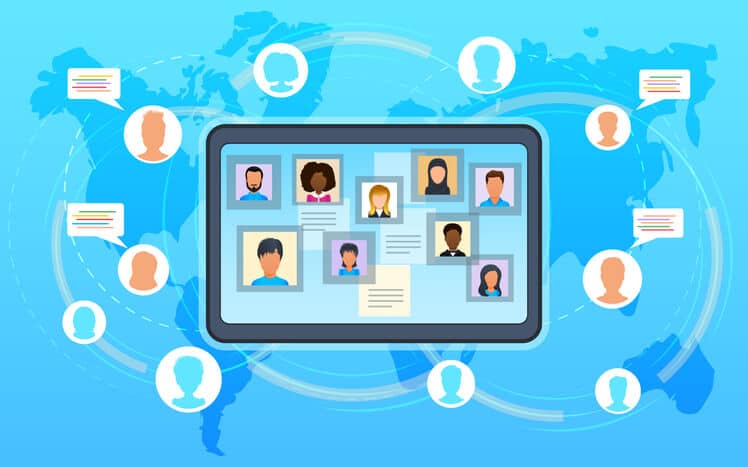Is your organization considering work-life benefits but still determining what programs are the most effective?
If so, you’ve come to the right place.
To get meaningful results for your organization and its people, you need to identify the benefits that will legitimately reduce work-life friction and restore balance in your employees’ lives.
With so many different benefit options, cutting through the hype can feel overwhelming.
To make it easier, we’ve compiled a list of four factors, based on our 34 years of industry experience, that you should consider before making any benefit selections.
Keep reading to supercharge your search for the best work-life benefits.
Look For Versatility
If the benefits industry has taught us one thing, it’s that work-life balance is highly nuanced, and it’s become even more so since the workforce went hybrid.
For these reasons, it’s critical to invest in versatile benefit programs that can fulfill various work-life needs for a wide range of people.
As you research different programs and services, consider the following questions:
- Logistically speaking, is this benefit prepared to meet the needs of a hybrid workforce?
- Can multiple work shifts utilize it?
- Can multiple employee populations adopt this?
- What stages of life does this benefit program address? For instance, will an employee that is part of the sandwich generation find it as valuable as the parent of a small child?
Versatile benefit offerings are also a cost-effective alternative to densely layering your benefits package with different work-life programs for a diverse workforce.
Skip the Employee Assistance Programs
Employee Assistance Programs (EAPs) are a mainstay of work-life benefits and the go-to choice for most organizations. They can address a broad and complex range of issues affecting mental, physical and emotional well-being that also impact work performance.
Yet, EAPs are rarely successful. In fact, their utilization averages below 10%.
In addition, EAPs have complicated access systems that often require an employee to go through official HR channels, partake in screenings, and frequently require a referral process.
Navigating these systems can be difficult and time-consuming, inadvertently discouraging their use.
While EAPs’ one-size-fits-all approach is convenient for employers, it often means their services are too generalized and short in duration to benefit employees depending on them.
Ease of Implementation. Ease of Use.
A stress-reducing benefit shouldn’t cause more stress, not for the employees using it or the team responsible for rolling it out.
With this in mind, look for benefit providers with customizable full-service delivery models.
Benefit providers that operate within the business model offer a complete range of services, from scoping and implementation to marketing, sales and customer support.
This approach will be more convenient, efficient and cost-effective for your company.
An equally important question to ask is about ease of use.
Remember, the more difficult a benefit is to access, the less likely employees will use it. This is the primary reason EAPs have such low utilization rates.
As an investor, you have an obligation to understand if a service or program is too cumbersome or time-consuming for your employees.
You’re searching for a streamlined service that will be a cinch for your employees to adopt.
Determine Your End Goal
Start your search with the end goal in mind. What exactly are you hoping to achieve with a new work-life benefit?
Whether it be reducing turnover, increasing productivity, attracting more talent, or cutting healthcare costs, use your end goal as a measuring stick to determine the potential effectiveness of a new program or service.
For example, if your organization’s goal is to increase retention, determine which work-life challenges contribute the most to employee burnout and turnover.
Once you’ve identified the top contributors, narrow your search for benefit solutions that seek to solve these challenges.
Human capital is your company’s most important asset. Protect it by investing in the right work-life benefits for your team.
One of the easiest and most cost-effective ways of doing this is by partnering with benefit providers that offer full-service delivery models with an array of programs available that will meet your diverse workforce’s needs.
Look for a benefits provider with a streamlined, easy-to-use program or service that will improve the quality of your employees’ day-to-day lives without a significant investment on their part.
Finally, remember this is more than just a purchase; it’s a partnership that solves some of your organization’s work-life challenges.




